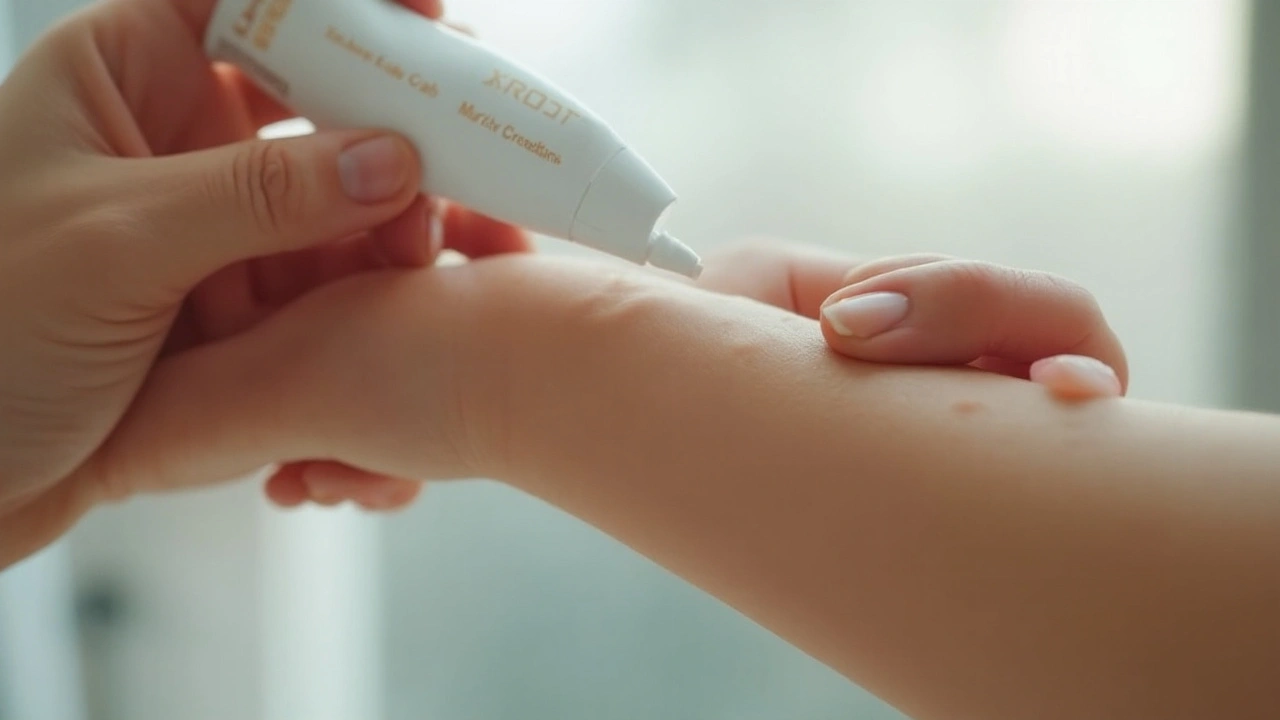Imiquimod: What It Is and When to Use It
Imiquimod is a prescription ointment that your doctor puts on the skin to treat a few specific problems. It’s approved for actinic keratosis (sun‑damaged spots), external genital warts, and a type of early skin cancer called superficial basal cell carcinoma. The cream works by boosting your own immune response right where you apply it, so the body attacks the abnormal cells.
If you’ve been told to use imiquimod, you’re probably dealing with one of these conditions and want to know what to expect. The good news is the medication is applied at home, but you do need to follow a schedule and watch for skin reactions. Below we break down how it works, how to use it correctly, and what side effects to keep an eye on.
How Imiquimod Works
When you spread the cream on the affected area, it triggers immune cells in the skin to release chemicals called cytokines. These chemicals signal the immune system to target and destroy the abnormal cells. Because the action stays localized, you don’t get the same level of side effects you’d see with oral medicines.
The result is that the warts shrink, the keratosis patches clear, or the early cancer cells die off. It usually takes a few weeks of consistent use to see visible improvement, and the doctor may ask you to continue for a set number of applications even after the lesions look better.
Applying Imiquimod Safely
Follow your doctor’s instructions to the letter. Generally, you’ll apply a thin layer of cream to clean, dry skin once a day (or as directed) and leave it on for a specific number of hours—often 6‑8 hours—before washing it off. Use only the amount prescribed; more won’t speed up healing and can cause stronger skin irritation.
Before each application, wash your hands, clean the skin gently with mild soap, and pat it dry. Avoid using lotions, creams, or ointments on the same spot unless your doctor says it’s okay. After the cream has been on for the required time, wash it off with warm water and mild soap, then let the area dry completely.
Common side effects include redness, itching, swelling, crusting, or a burning feeling. These reactions are usually a sign the medication is doing its job, but if you notice severe pain, extensive blistering, or an allergic‑type rash, contact your doctor right away. Some people experience flu‑like symptoms such as fever or fatigue; these are less common but should also be reported.
To reduce irritation, keep the treated area out of direct sunlight and avoid harsh soaps or scrubbing. If you need to use other skin products, wait at least 30 minutes after washing off imiquimod. Don’t apply the cream on broken skin, open wounds, or near the eyes unless instructed.
Finally, keep the tube tightly closed and store it at room temperature, away from excess heat or moisture. Keep it out of reach of children, and never share your medication with anyone else.
Using imiquimod correctly can clear those stubborn skin problems without needing surgery. Stick to the schedule, watch for side effects, and stay in touch with your healthcare provider for the best results.
Learn what Aldara Cream is, how it treats warts and skin lesions, proper application steps, common side effects, and safety tips in a clear, practical guide.
